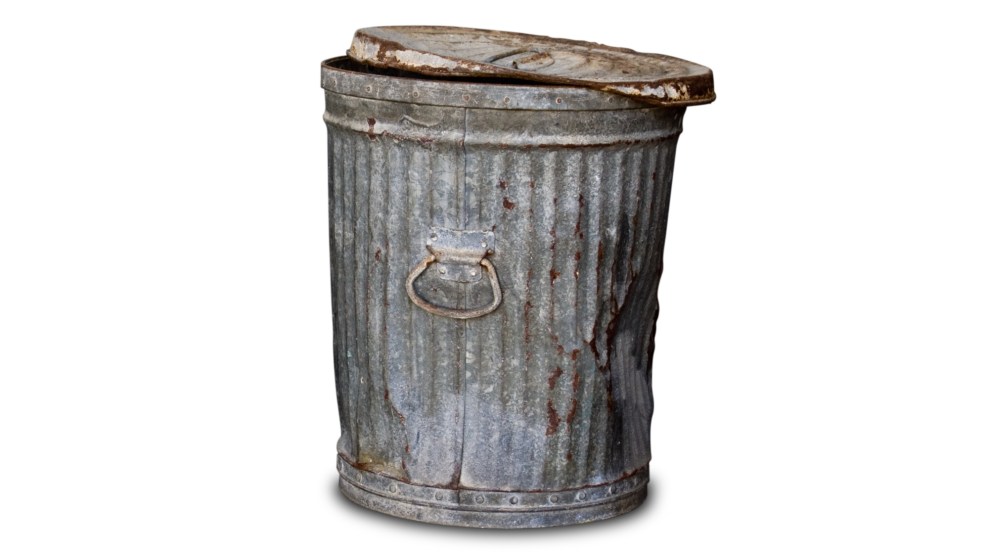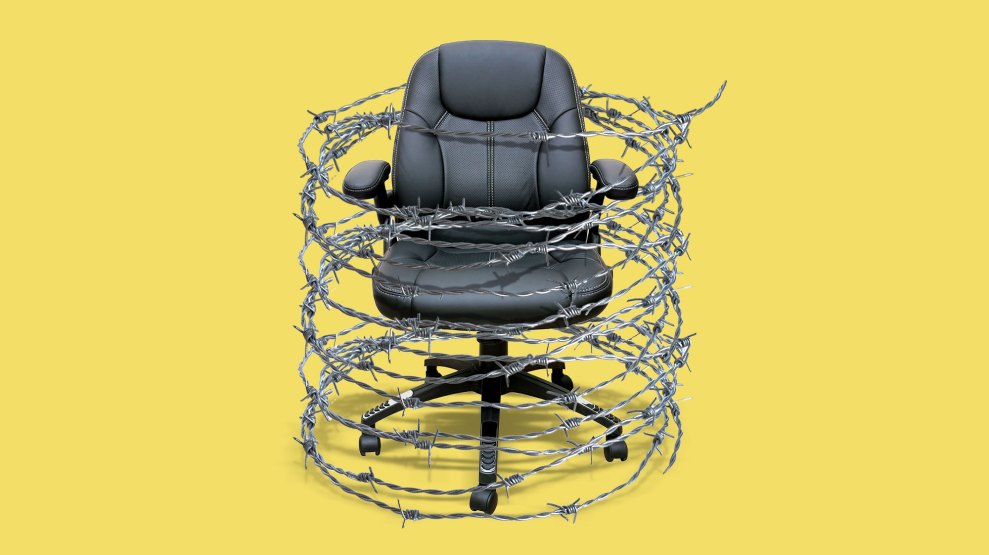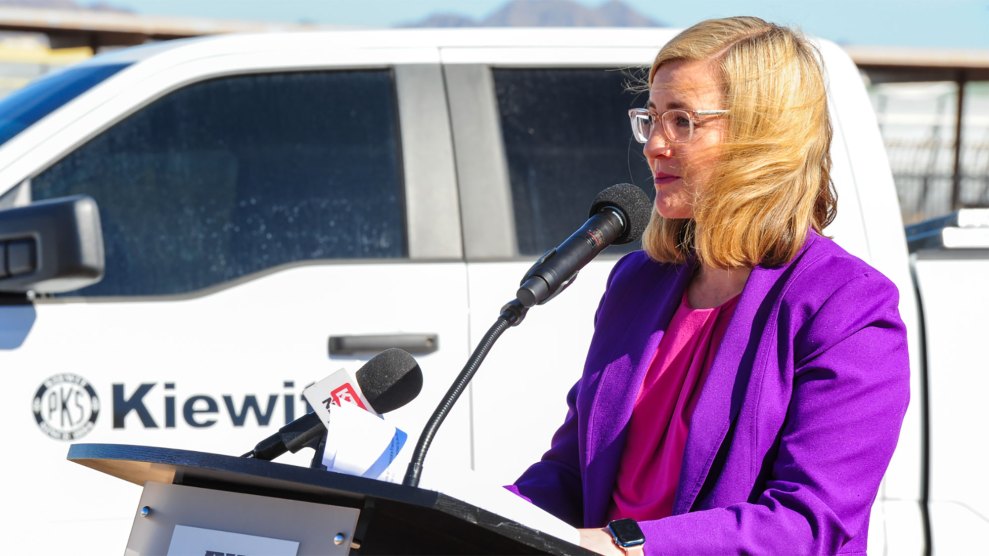
Photo by flickr user respres under a Creative Commons license
“Cramdown”—the process of modifying mortgage terms in bankruptcy court to make them more affordable—could yet see the light of the day. The Senate, which earlier this year killed a proposal that used cramdowns to prevent foreclosures, is revisiting the topic. Members of the Senate’s Judiciary Committee held a hearing last month on the subject, and others in Congress seem poised to reintroduce cramdown as a means of rescuing ailing homeowners who can’t keep up with their mortgage payments.
Cramdown’s resurrection is largely owed to the utter failure of the Obama administration’s existing homeowner relief efforts—namely, the Home Affordable Modification Program (HAMP). A $75 billion initiative run by Treasury, Fannie Mae, and Freddie Mac, HAMP offers incentives to mortgage servicers (the sometimes ill-reputed companies who deal with customers, handle payments, etc., but don’t own the loan) to lower payments, decrease interest rates, reduce owed principal, and extend the life of the mortgage. A good idea, in theory.
Then there’s reality: HAMP has been—and multiple lending experts agree (PDF) with me here—a complete failure. The Treasury’s report (PDF) this week on HAMP modification levels showed mortgage servicers started 90-day trial modifications for only about 9 percent of eligible, delinquent homeowners. Ouch. And as Paul Kiel at ProPublica has pointed out, that number doesn’t include homeowners who are current on their mortgages but in “imminent default.” Including them, HAMP’s success rate goes down to a miserly 6 to 8 percent.
And there’s more: The guidelines (PDF) underlying those percentages are terribly flimsy. For instance, to get into HAMP’s 90-day trial period, servicers can take homeowners’ financial data (crucial to determining how much they can pay) over the phone, without actual documentation or verification. This inevitably leads to homeowners ballparking their incomes and expenses, or even misleading servicers so they aren’t rejected. But when it’s time for the full modification after three months, official paperwork is needed—and that means some of those modifications in that 6 to 8 percent of trial mods might well see their payments fluctuate and become unaffordable. Then taxpayer dollars go to waste on trial-period incentive payments for modifications that ultimately amounted to bupkus. (And that’s just the tip of the iceberg on HAMP’s failings, but I’m saving it for a longer piece that you can read on MotherJones.com in the near future.)
Putting homeowners’ fate in the hands of a neutral arbiter, like a bankruptcy court judge, as is standard with cramdown, would go a long way toward stemming the tide of foreclosures, which hit more than 1.5 million homeowners this year and is projected to reach 13 million by 2014. Even just threatening cramdown to servicers could have a good outcome. Jack Guttentag, finance professor at the Wharton School of Business, wrote me in an e-mail, “If cramdown is enacted, it will give mods a major shot in the arm by increasing the expected loss on foreclosures.”
But even then, working with servicers—who are mostly understaffed, buried in paperwork and customer phone calls—is a losing game. The Obama administration will struggle to meet its goal of helping 3 to 4 million homeowners if it sticks with HAMP as its main homeowner relief program. Cramdown, as one consumer advocate told me, is far and away the best option here—and if the Obama administration really wants to give homeowners some hope, resurrecting cramdown is the way to go.

















